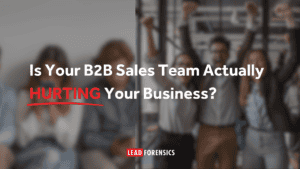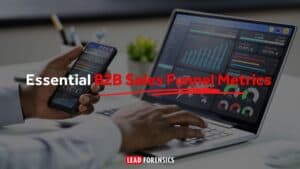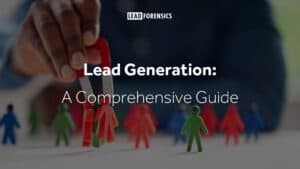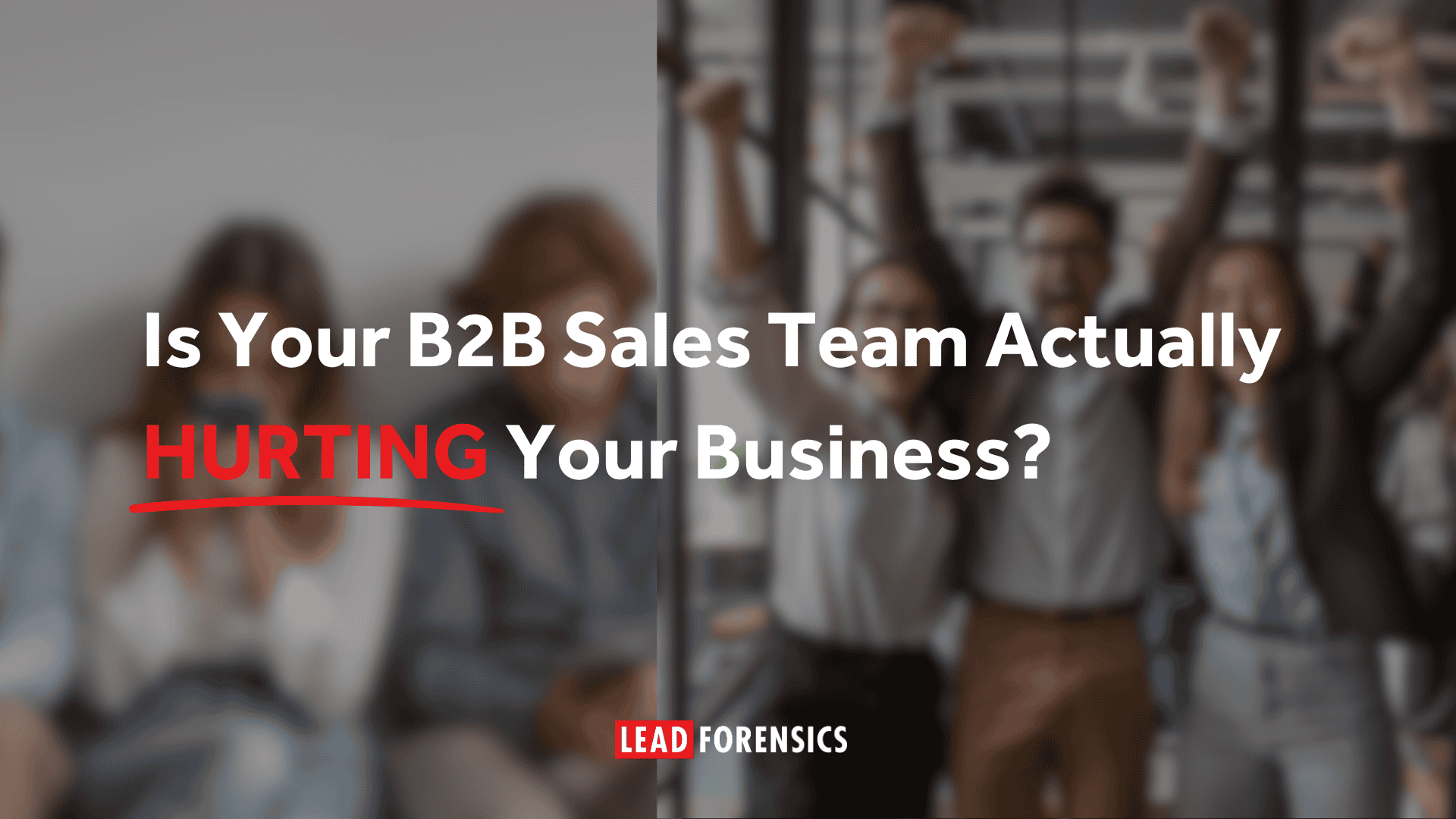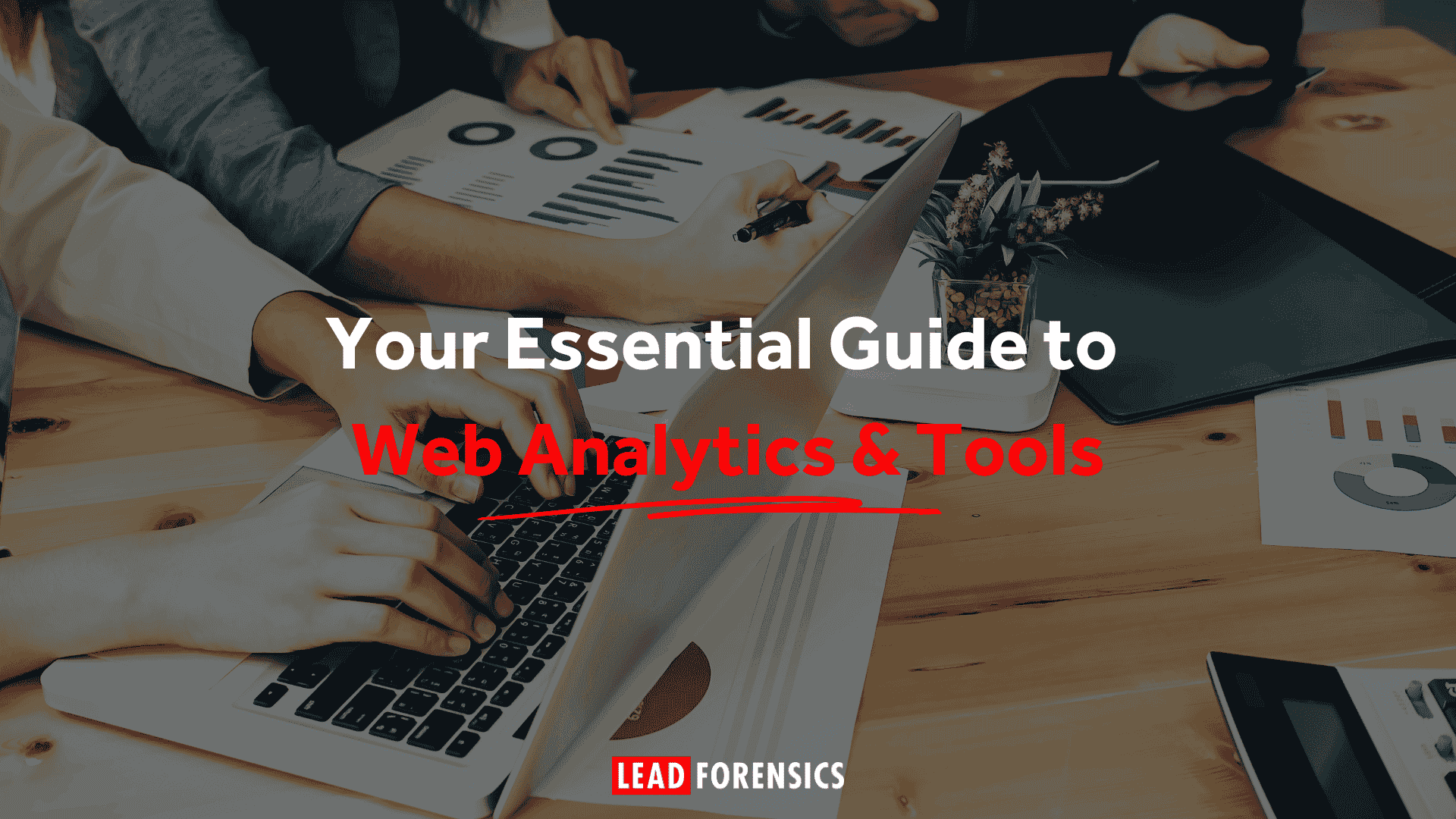The difference between B2B and B2C sales
The most notable difference between B2B sales (Business to Business) and B2C sales (Business to Consumer) is the audience. B2B companies sell goods and services to other businesses (like office supplies and software solutions), while B2C companies sell goods and services to consumers (like clothes and consumer tech).
This distinction in audience also means the prospecting and selling processes look very different. Here are just a few ways B2B sales differ from B2C…
Extended sales cycles
As you might imagine, it takes longer to get approval for a purchase from a business than it does to get approval from a consumer.
B2B sales require you to speak to people with the right influence or decision-making power, and B2B salespeople often have to get buy-in from multiple stakeholders within the business. Speaking of…
Multiple stakeholders
For B2B buyers, every purchase decision they make will impact the bottom line of the business, so purchasing decisions are not made lightly.
You will need approval from multiple decision-makers, from the people who will use the goods or services they’re buying, to the people who manage the budgets and ultimately sign the checks. The bigger the purchase in B2B sales, the more people you’ll need approval from.
Informed B2B sales buyers
B2B buyers will do extensive research into a purchase before even making an initial inquiry. This is why you need to have useful content available to prospects so that they can find answers on their own until they feel they have enough information to get in touch with you.
What are the types of B2B sales?
Supply B2B sales
A supplier sells products that other businesses need to run – think IT equipment, employee uniforms and office supplies.
Distribution B2B sales
Distribution or wholesale companies sell large quantities of products to a business, that they will then sell to a customer – for example, food distributors provide ingredients to restaurants, who then turn them into delicious food and sell on to their customers.
Software/service B2B sales
Software and service providers sell a service rather than a physical product.
This could be a company that provides lead generation software to businesses that want to generate more leads, but a lead generation agency that generates leads on behalf of a client would also be classified as a software/sales provider.
What is the B2B sales process?
Lead generation
B2B lead generation is the act of identifying and initiating an interest of potential customers. Or in other words, it’s the first step every business must go through before making a B2B sale. Identifying potential customers means finding businesses that may have an interest in the product or service your business is offering (your target audience). Initiating interest is about capturing information from these contacts and feeding them into your B2B sales funnel. A lead can then be converted into a customer with a sale.
Lead generation traditionally falls under the umbrella of advertising, but it isn’t limited to paid-for channels and tactics. Any channel that generates interest in your website or business can be classed as lead generation, both online and offline. The most common channels used include event marketing, social media, email marketing, pay-per-click advertising (PPC), cold calling and content marketing.
Discovery/research
Every good salesperson should know their product inside out. Every great salesperson should also understand their prospect’s business. By putting in the groundwork and trying to understand the prospect’s pain points before you speak with them, you’ll be able to provide them with solutions. This research stage prepares you for B2B sales discovery calls.
Researching the prospect also gives you an opportunity to qualify the lead before you pick up the phone. Here are some tips:
- Connect with the prospect on LinkedIn. Check their recent activity. What have they commented on? What have they shared? Have they written any articles or been featured in someone else’s? Insights like these can be great for building rapport on your cold calls.
- Click on their company’s website. Have they published any news stories or press releases recently? Scroll through their blog, if they have one. Take note of the language/terms that are used by the company. Again, this is all good information that you can use in your calls.
- Read up on the latest news in their sector. Subscribe to industry news websites or LinkedIn groups. When you call the prospect, you want to sound like an expert – not just in your field, but in theirs!
Bottom line is – even though discovery can take a bit of time, it’ll make your calls far more successful.
B2B sales qualification
Now that you’ve done the groundwork, it’s time to get on the phone.
During the first section of your B2B sales call, you should use a lead scoring system to assess the prospect’s suitability as a customer.
Ask them open-ended questions, throw in some key-business terminology, focus on their problems and determine whether you could solve them. If not – don’t force it!
Time is of the essence and if you have a good lead list, you’ll have plenty of other people to speak to!
Pitch
You should by this point have a good idea of the struggles the prospect faces. If so, you’ll be able to deliver a pitch that is tailored to solving their problems.
This is where your creativity comes in. The most detailed B2B sales process in the world can’t replace charisma or charm…this is why we often avoid detailed scripts.
A good B2B sales pitch should last around 30 seconds. During this time, you’ll need to show the prospect that you’ve done your research. Hit on key points of value that are relevant to them.
- Quote the types of businesses that the prospect’s company prospects to – this is a great way to demonstrate that you’ve done your research!
- Arouse curiosity in the prospect. Avoid over-explaining your product or service; you want the prospect to follow up with some questions.
- A B2B sales pitch isn’t an excuse to list all of your wonderful features. Prospects don’t want to hear it! Focus instead on how your product can help them. What results can they expect to see if they become a user?
Objection handling
A prospect will rarely be ready to buy immediately after your pitch. They’ll most likely have some questions which you’ll need to answer.
When it comes to objection handling, the prospect is never wrong. If you flat-out disagree with a prospect’s objection, they’ll hang up. Instead, listen to what they have to say, and reposition your offer in a way that answers their question. The chances are they’ve just not heard the right information yet.
Over time, you’ll develop an arsenal of objection resolutions. Until then, just listen to the objection, acknowledge it and propose a reasonable solution. If this goes well, it’ll be time to close the deal.
Close the deal
This stage of the B2B sales process should be the most exciting part for the prospect. You’ve demonstrated the value of your product, handled all of their objections and convinced the prospect that your solution is an investment that can’t be passed up on!
Discuss prices and negotiate if necessary. Offering some free added value to the deal can help get it over the line.
Also, be sure to discuss all of the remaining steps before the call ends, including speaking about all of the stakeholders that need to sign off on the deal. This will ensure that there are no surprising bumps along the way; now the signed contract will be in sight!
Follow up
After the B2B sales call, send the prospect a follow-up email. Due to the number of people that are usually involved in signing a B2B purchase, it’s important that you leave a good impression!
Keep it professional and provide the next steps. Include a summary or (even better!) a recording of your conversation, as well as any additional useful information. Leaving the conversation on a positive note will leave the door open for repeat business and upsells.
Plus, if you’re going to continue working with the new client, you’ll be getting your new working relationship off to a great start.
Check in
After you’ve waited for the client to see the value of your product, it’s worth reaching out to them one last time. Check in with them to see how they’re doing.
Not only can you gain great feedback from this step, but if they’ve been enjoying the product, you can ask for a case study or referral. This will give you a great new lead to restart the B2B sales prospecting process with!
You can use a tailored email signature to gain this feedback quickly. Just add a CTA that links to a customer feedback form.
B2B sales strategies
B2B sales technique 1: Social selling
How prospects discover products and communicate with businesses has moved into the realm of social media, now that so many B2B buyers are millennials. 57% of B2B buyers now use social media to research vendors, so incorporating social media into your B2B sales techniques is a must.
Social selling does just this, using social media platforms (usually LinkedIn) to identify new prospects and nurture them through the buyer journey, without relying so heavily on emails and calls.
88% of B2B buyers only buy when they see a salesperson as a “trusted advisor”, and social media provides a fantastic opportunity to create a more personal approach. Remember, this isn’t social media marketing, where you aim to capture the interests of a wider audience. Social selling is about creating a personal, one-to-one connection with your prospect, so they can see you as the resident expert.
Share relevant content with them, introduce them to your network and engage with their activity. This may seem time-consuming, but it’s no more so than sending an email or continuously searching for data and your perseverance will pay off over time.
B2B sales technique 2: Referral networking
Gaining new business opportunities that are high-quality and likely to sell is no easy feat. When 9 out of 10 purchasing decisions are based on peer recommendations, referrals are like gold dust.
Even better, a whopping 91% of B2B buyers said they would be happy to provide referrals for a product they think is good and have gained ROI from.
This is a great sign, yet only 11% of salespeople ask for referrals, making it a highly underrated B2B sales technique.
I’m sure you’ve already got a happy customer or two in mind, so give them a call, talk about how they’re enjoying their new solution and ask if they would refer anyone – the worst they can do is say no!
You can also tap into your customer base and discover who has left you 5-star reviews, or sent communications of praise and thanks. They obviously believe in your product and have no reason not to share it with others – especially if you offer them a good incentive to sweeten the deal!
B2B sales technique 3: Warm calling
Whilst the telephone remains one of the most effective tools in the eyes of B2B salespeople, the best way to make impactful contact that your buyers respond to isn’t to call them when they’re cold – in fact, 50% of UK B2B buyers list repeated cold calling and emailing as the #1 disqualifying sales activity.
Instead, you need to let them defrost a little and call them when they’re warm. Calling new prospects in response to interest shown is an incredible way to generate new B2B sales leads and keep your product front of mind.
B2B sales technique 4: Leverage ABS (Account-Based Sales)
Account-based sales is a B2B sales model that targets companies – also referred to as accounts–rather than individual leads and treats them as a market of one. This model has clients in the center – with more emphasis on high-value engagements across a number of platforms than on short-term call-to-actions such as demos.
Account-based B2B sales require company-wide buy-in and collaboration between not only salespeople but also marketers and the people in customer success, finance and product development as it aims to deliver a tightly integrated experience across departments during the whole buying process and also after the sale is made. Everyone has to align around shared goals and a shared ideal customer profile(s) for account-based sales to work.
Inside vs Outside B2B sales
Inside sales definition
To put it simply and shortly:
Inside sales refers to a B2B sales process where businesses sell to other businesses through remote engagements.
Inside sales take place through online or telecommunication methods, with sales teams working from the office, home, or another remote location.
It’s recently become more prevalent than ever for a few reasons, including (but not limited to) lower costs and a general move towards digital solutions.
Reliance on digital solutions, for one, means a couple of things:
Inside B2B sales reps can often utilize much more structured processes, require less travel to do their jobs and are generally easier to organize than their outside sales counterparts.
And on the topic of structure and organization, the inside sales process often follows the same basic structure. (Though, every company’s process is going to differ for their teams’ needs.)
The advantages of this approach include:
- Reduced costs
- Flexibility
- Shorter B2B sales funnel
- Scalability
Outside sales definition
B2B Outside Sales is probably the type of sales you’re more familiar with — or at least, the traditional B2B selling tactic that comes to mind for most.
It generally involves longer sales cycles, often high-ticket services or products and the most drastic difference is that there’s an in-person face-to-face aspect between B2B sales reps and their prospects.
With this in mind, it shouldn’t be too surprising that for companies $500m and bigger, 71.2% of their sales force are outside or field reps.
The advantages of this approach include:
- More personal
- Preferred for high-value deals
- Less B2B sales tech required
What is a B2B sales representative?
A B2B sales representative is a professional who seeks and builds relationships with corporate decision-makers to sell a product or service.
Following a playbook based on their team’s sales process, B2B sales reps use a wide range of sales skills, techniques and tools to gain the trust of potential B2B buyers and recommend solutions that are relevant to these buyers’ pain points and aspirations.
Most B2B sales reps use sales calls, email, video conferencing and social media messaging, to encourage prospects to discover the value of their solution.
The term “sales rep” encompasses a large subset of sales professionals, referring mostly to individual contributors who usually account for the largest chunk of a B2B sales organization.
How can you get more B2B sales leads?
With Lead Forensics, previously anonymous visitors to your website become prospects with accurate contact data, allowing you to reach out in real-time and get more SQLs.
We show you which companies are visiting your website, give you contact details of key decision-makers at the company, and even show you where they came from and what they’re looking at so you can get more B2B sales leads.
With data from Lead Forensics you can build a profile of every website visitor before you even speak to them, so you can reach out and give them the perfect pitch.
Thank you
Thank you for reading our latest best practice guide on our Sales Blog – “What is B2B sales?”. We publish fresh content every week, so please subscribe for alerts, or come back again for more.
In the meantime, you may be interested to read “Generate high-quality B2B sales leads for your business”
And, if you’re interested in knowing who is visiting your B2B website, you can request a demonstration of Lead Forensics here.





